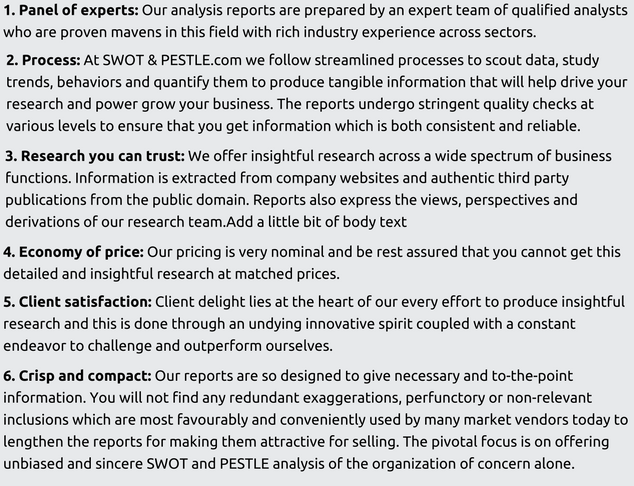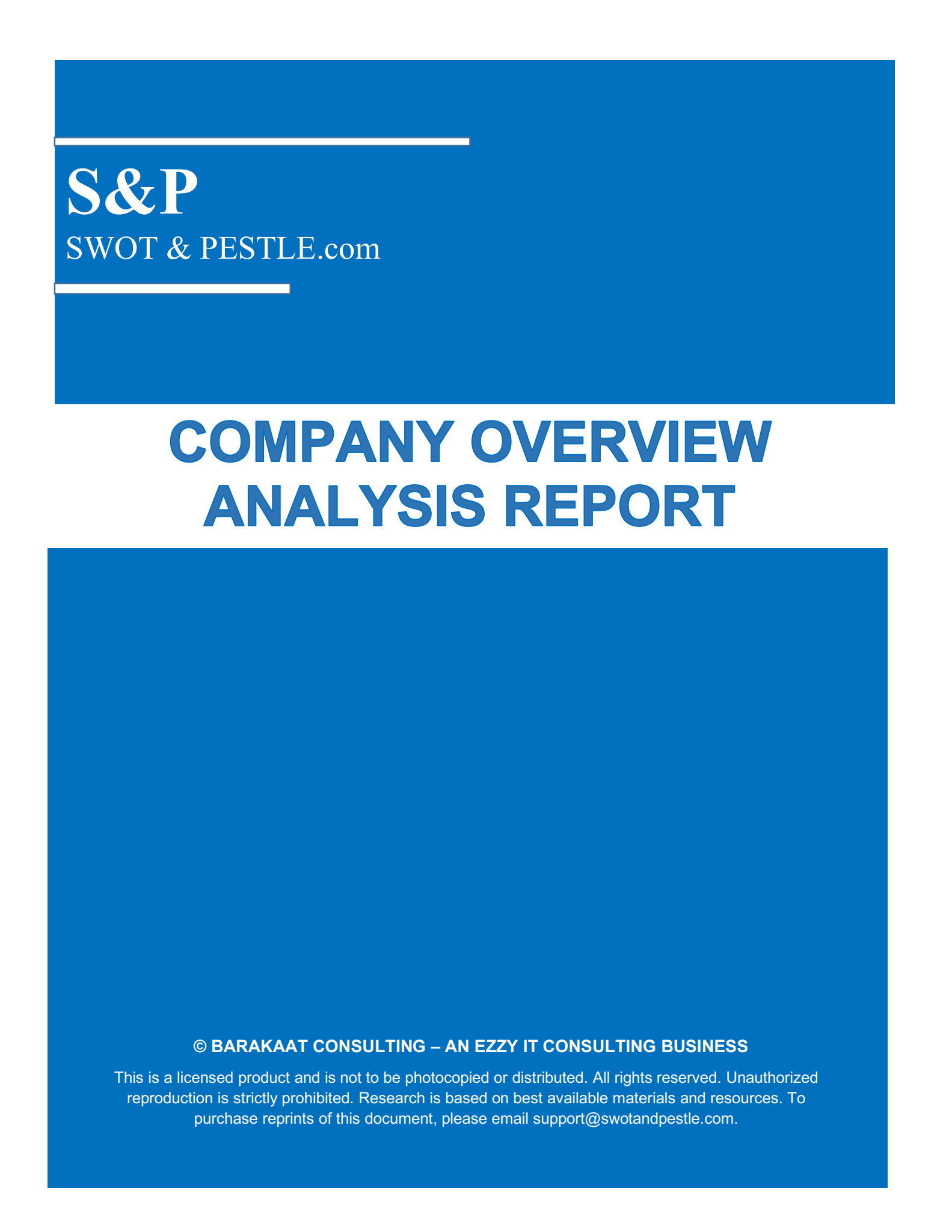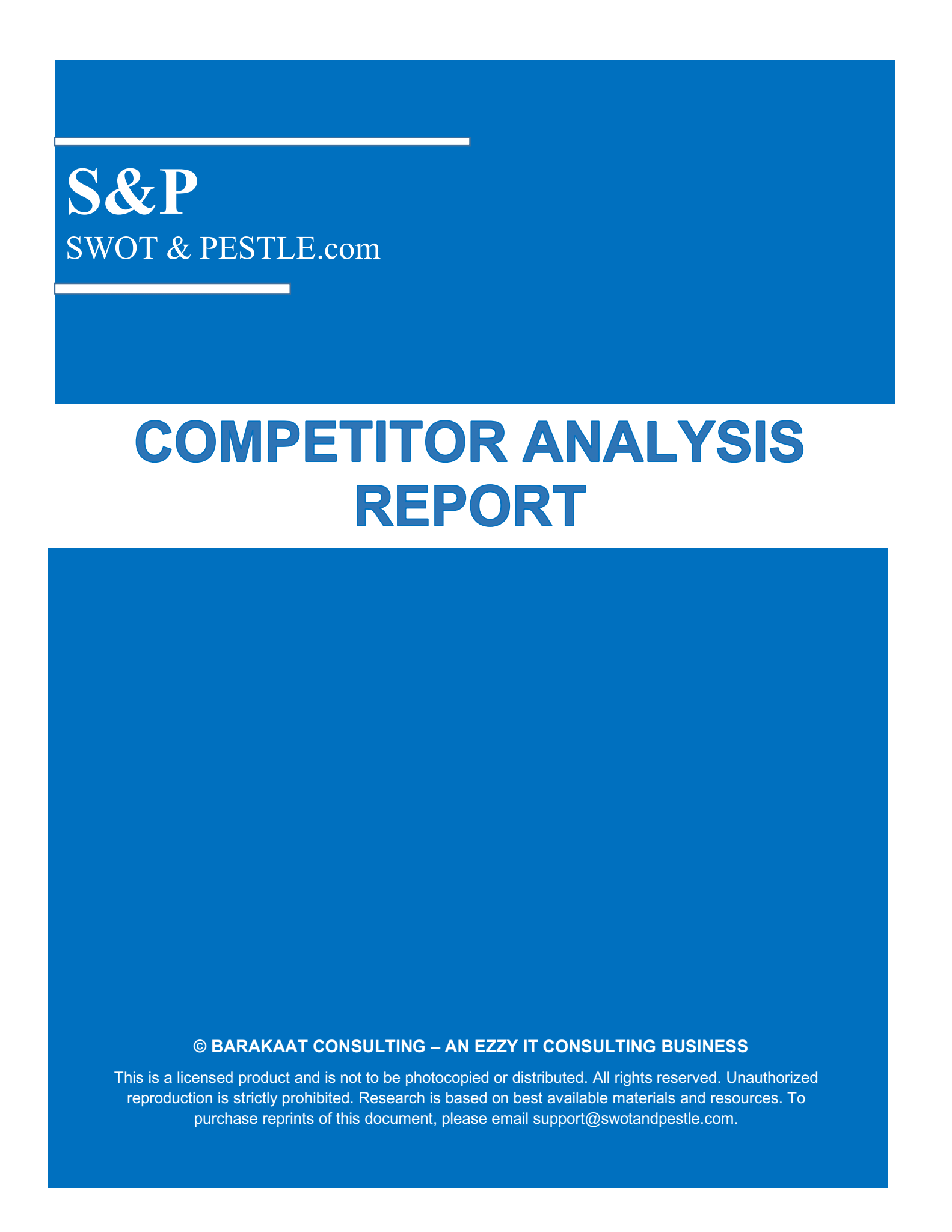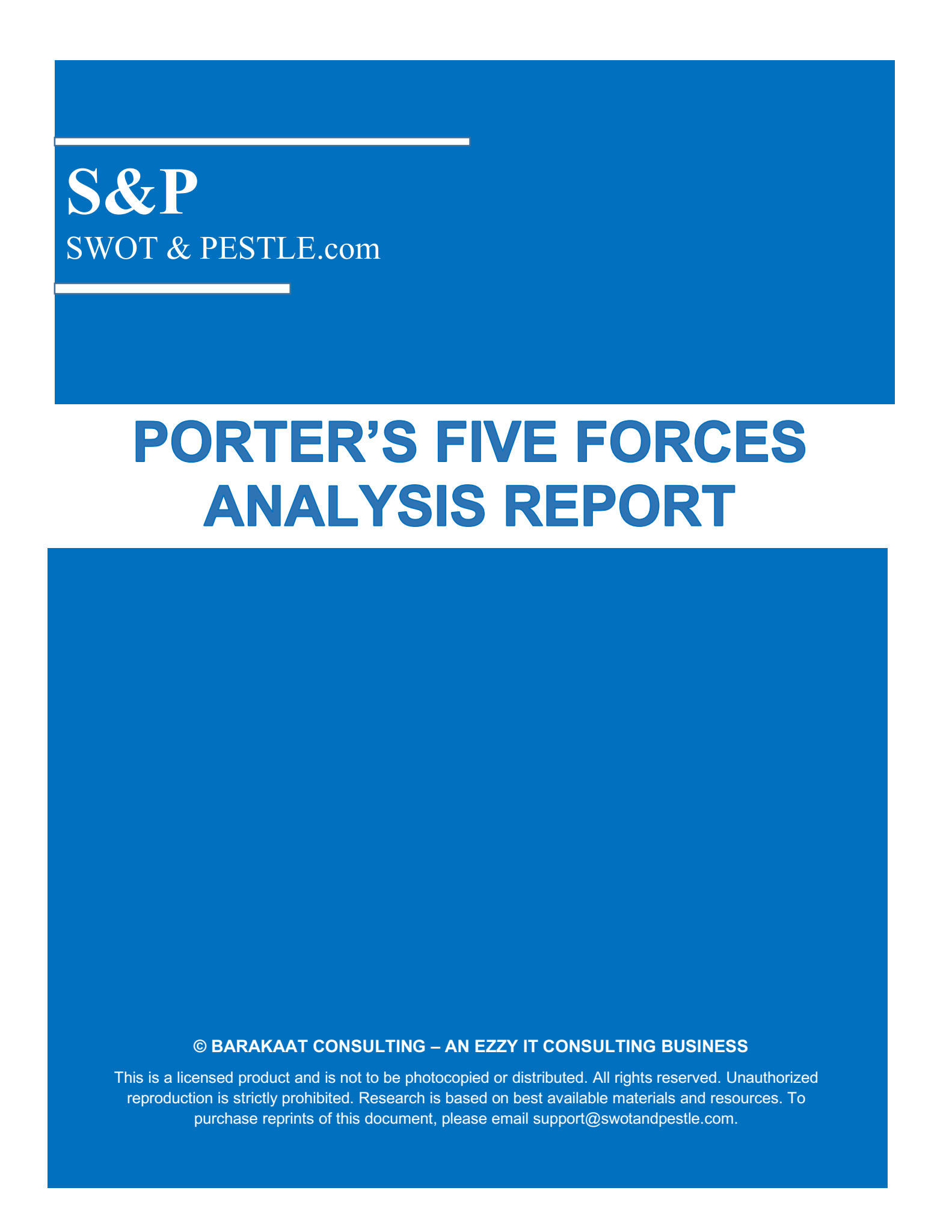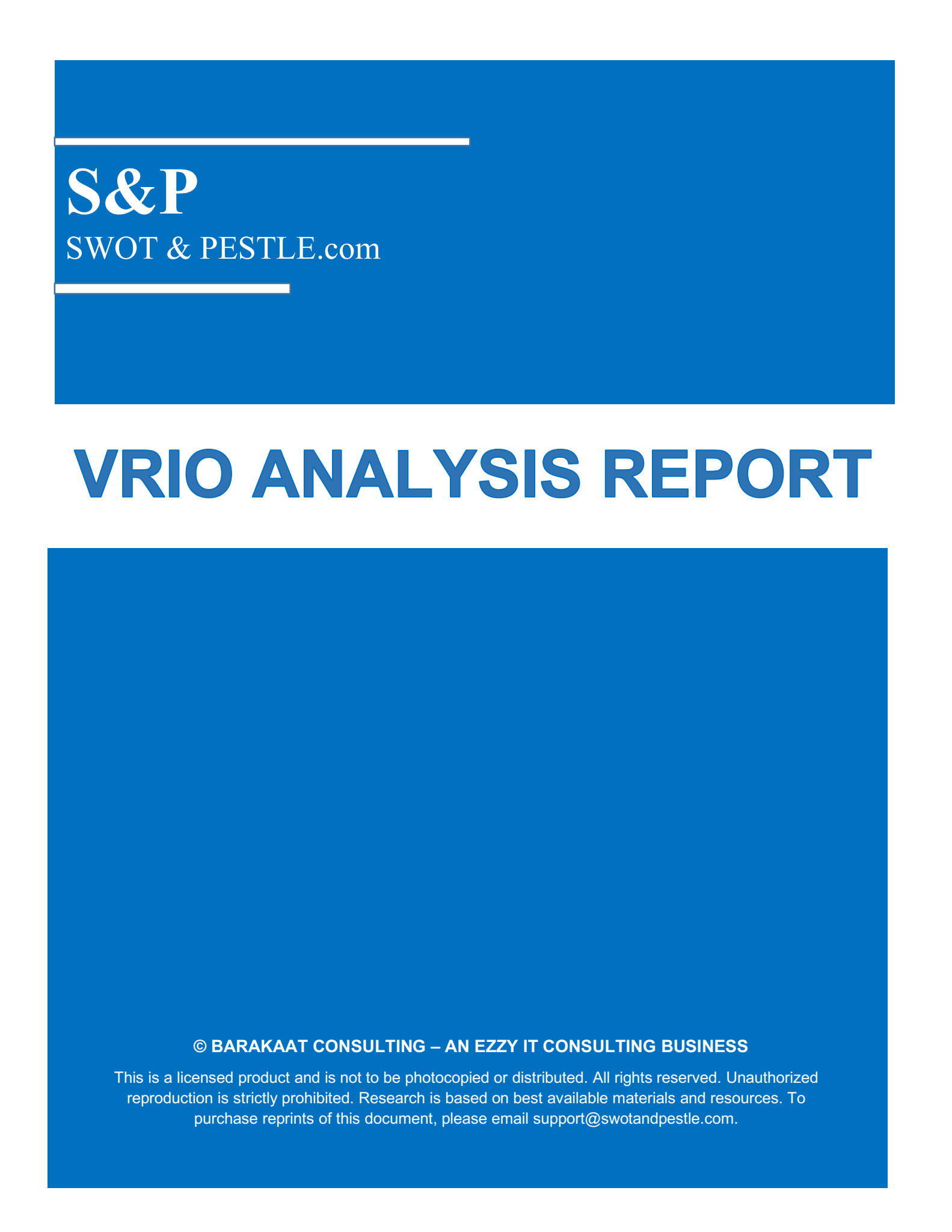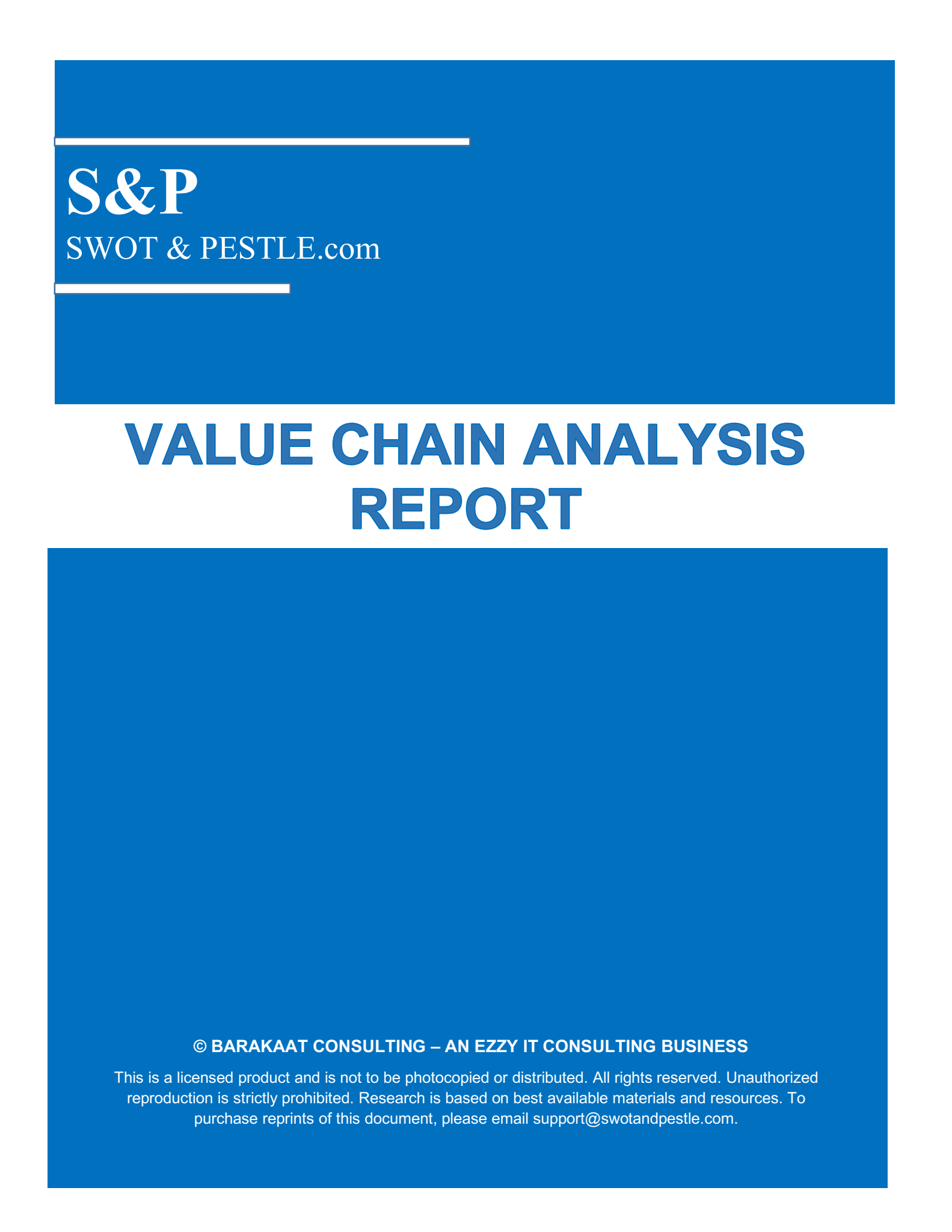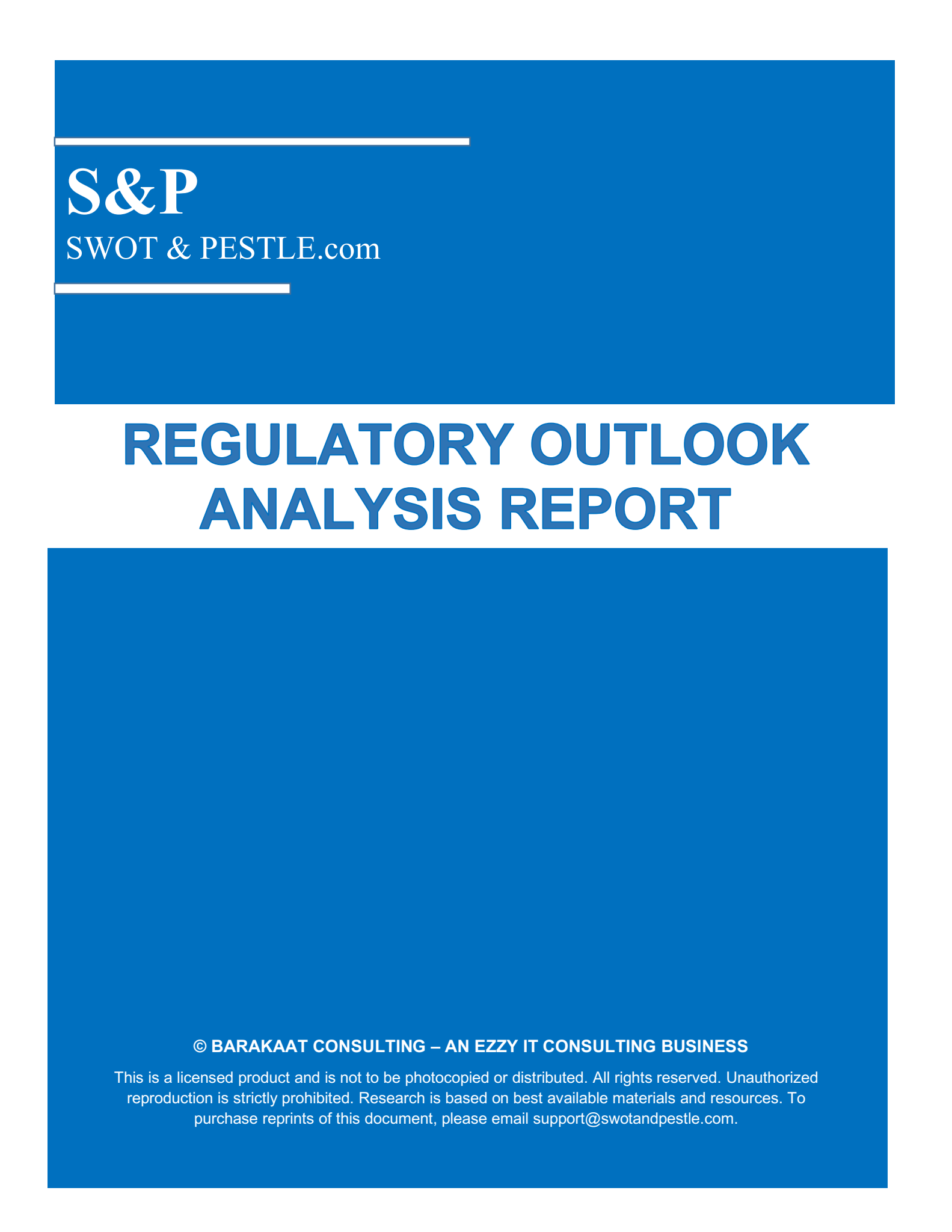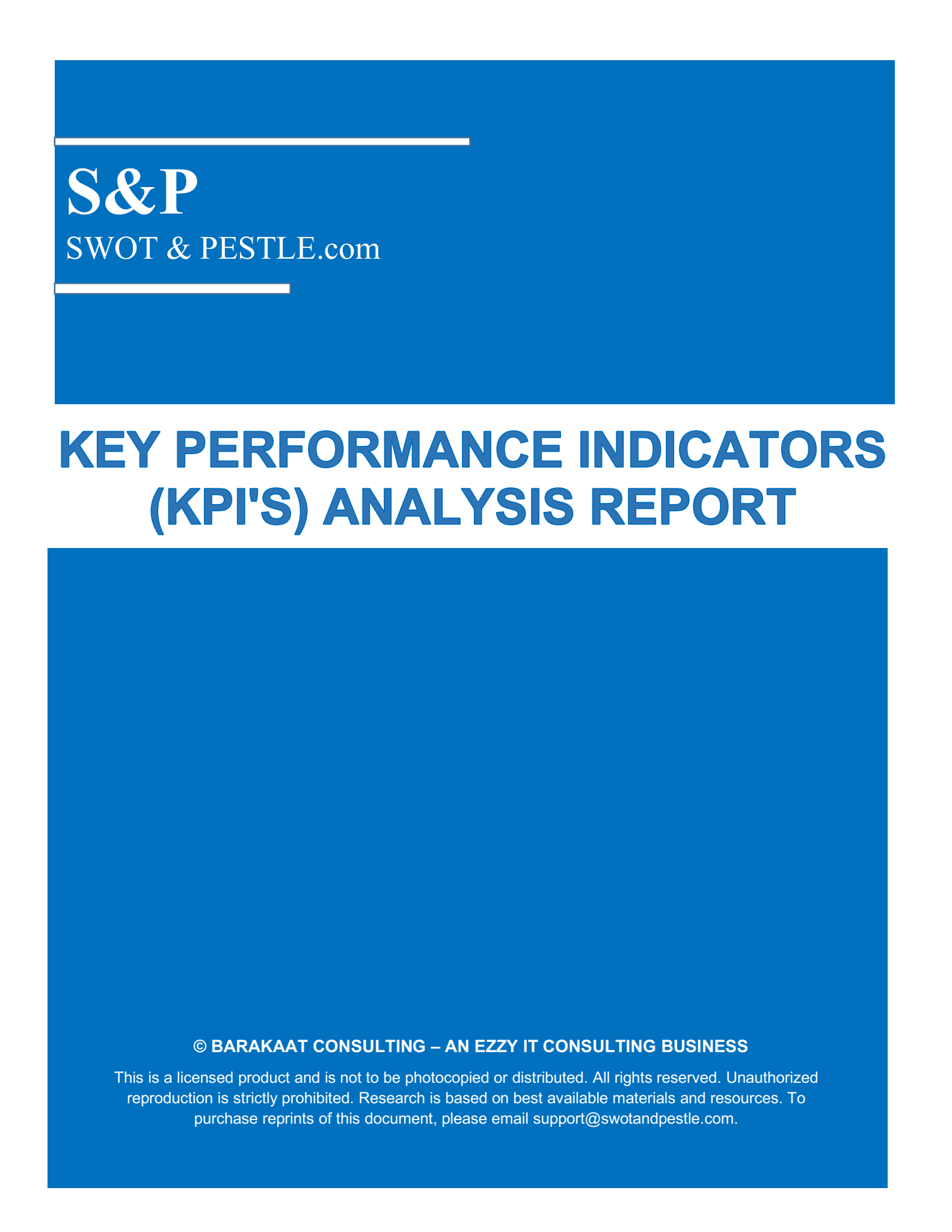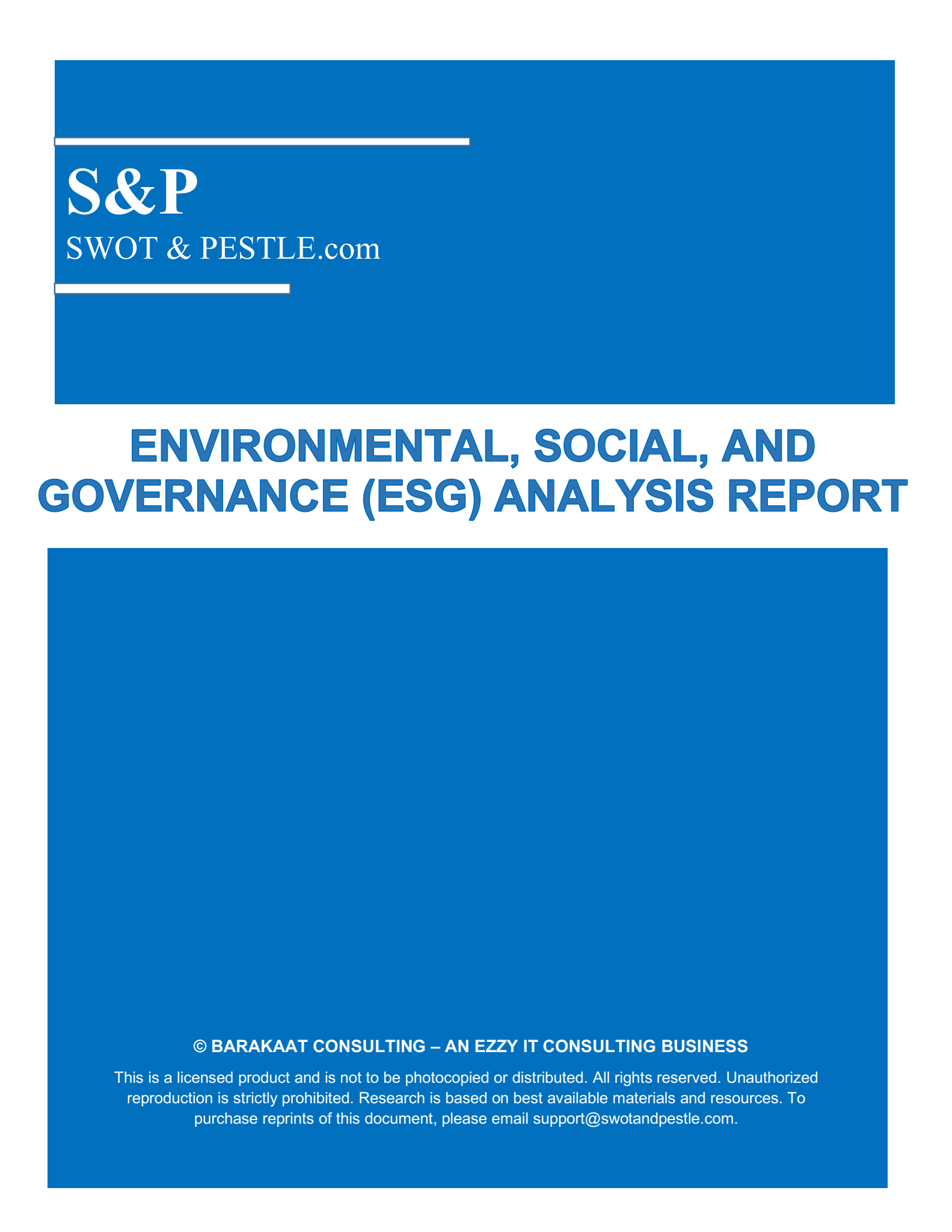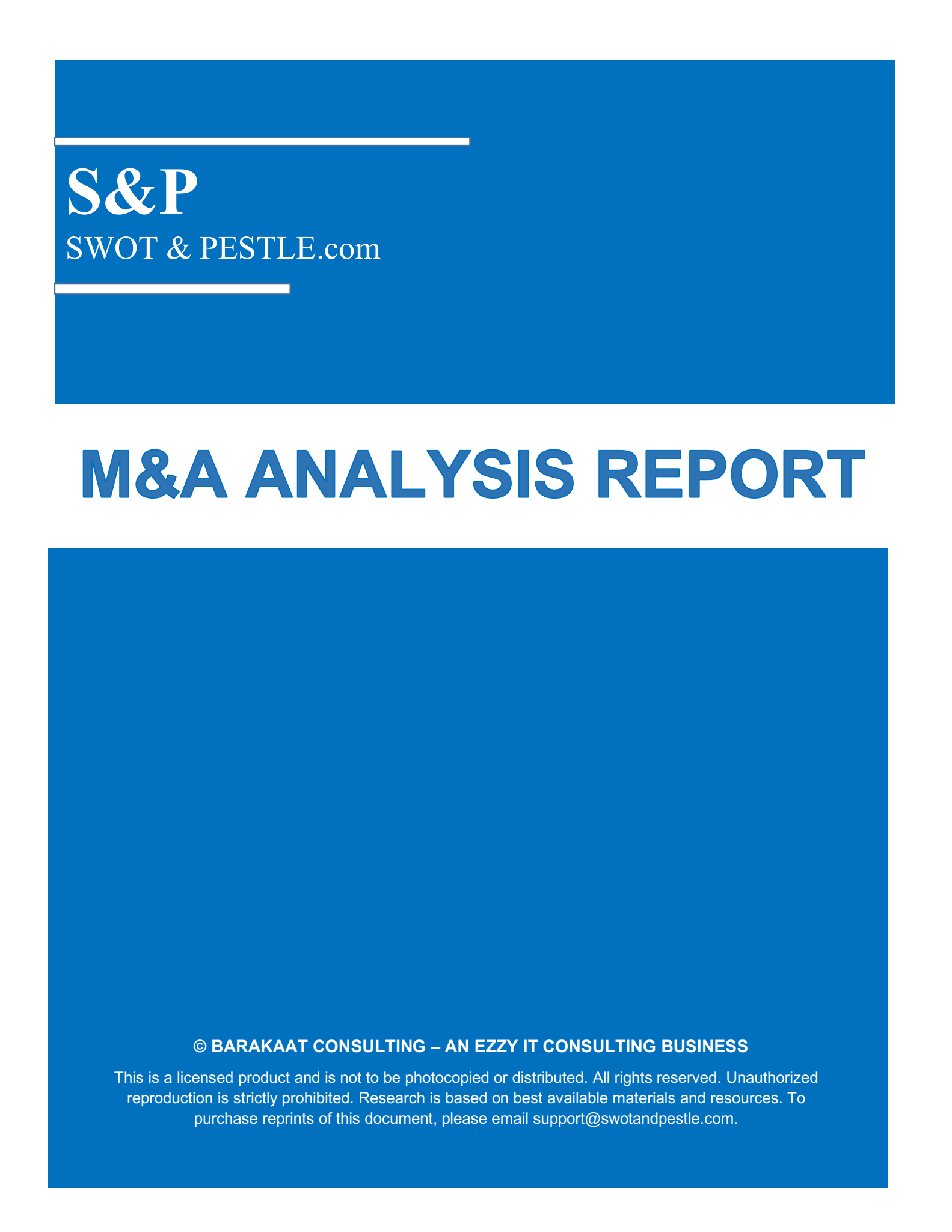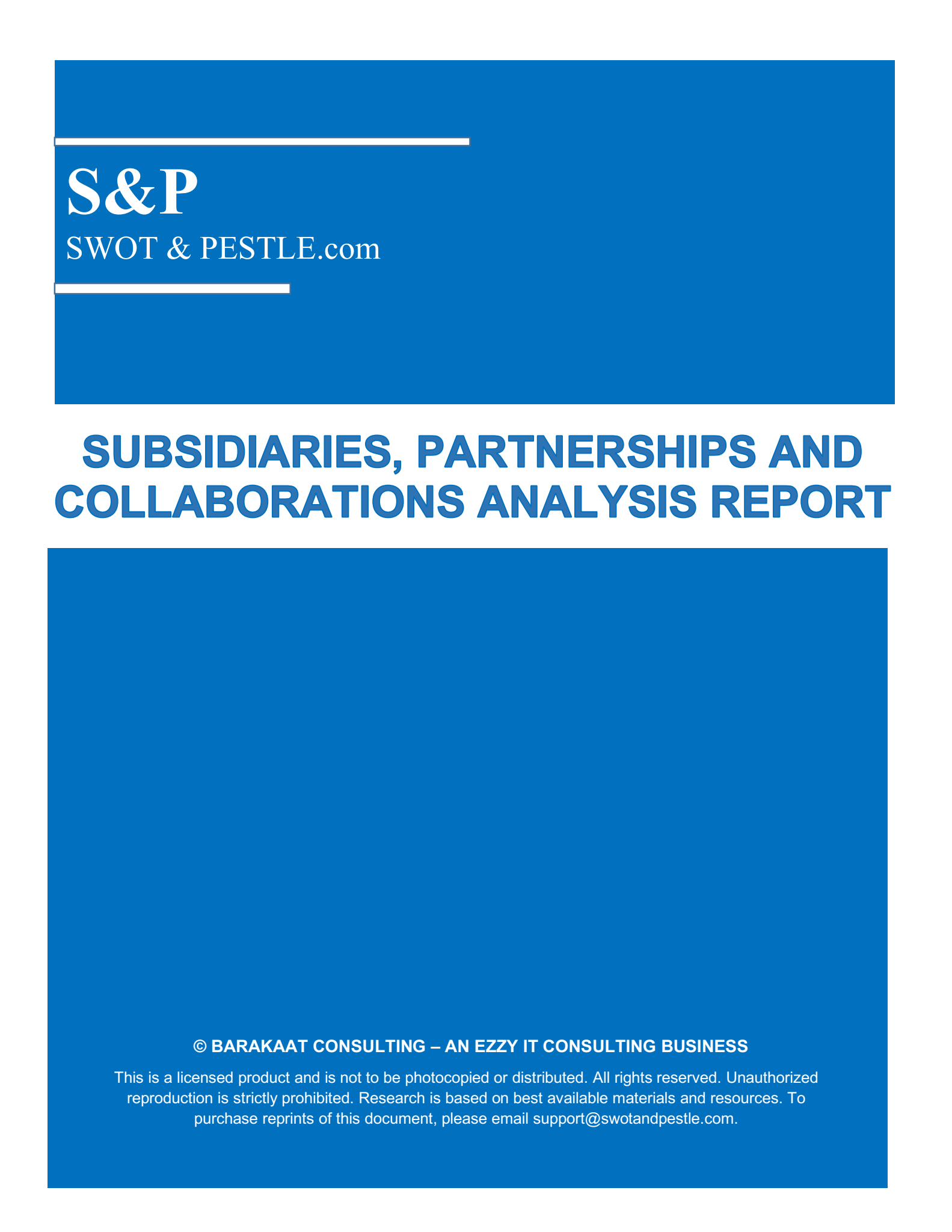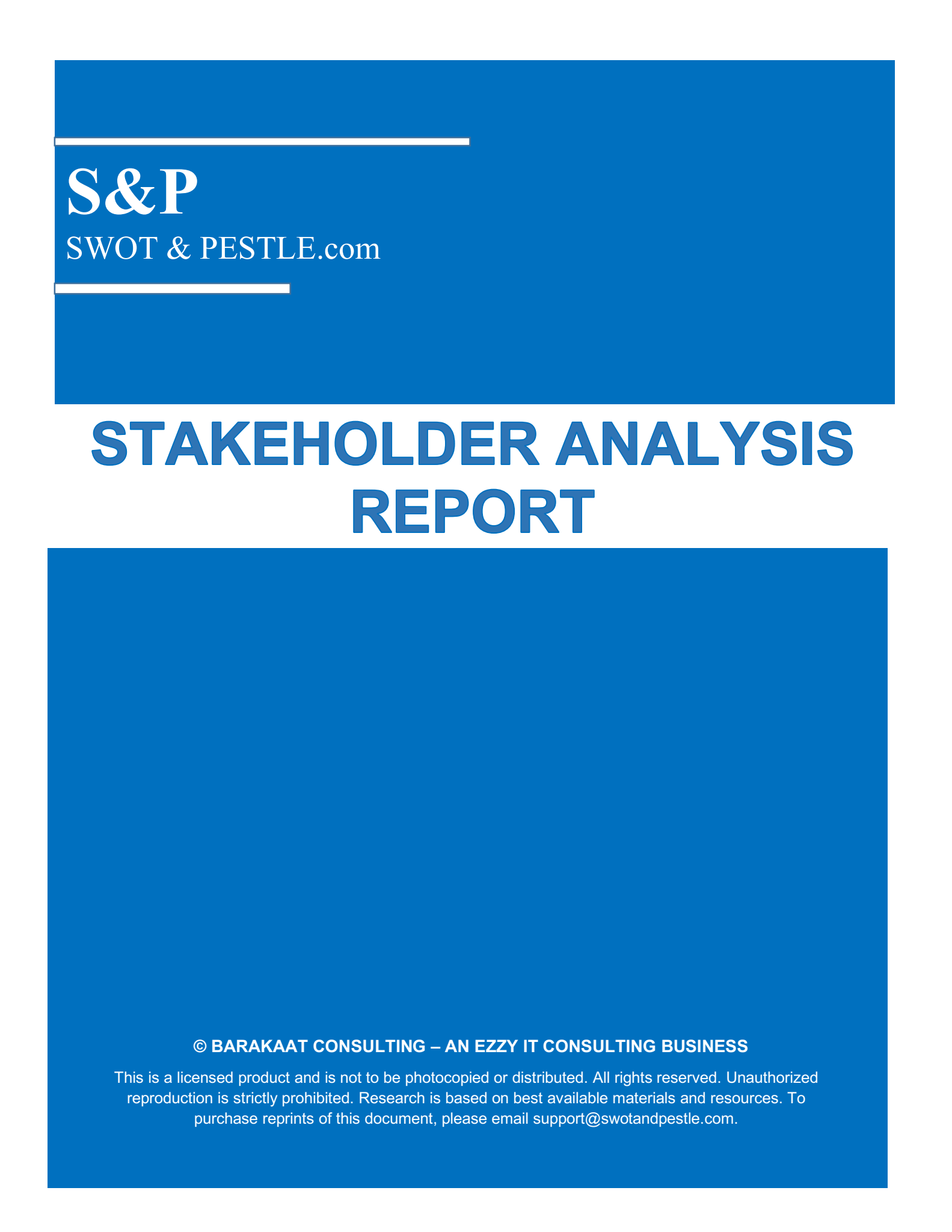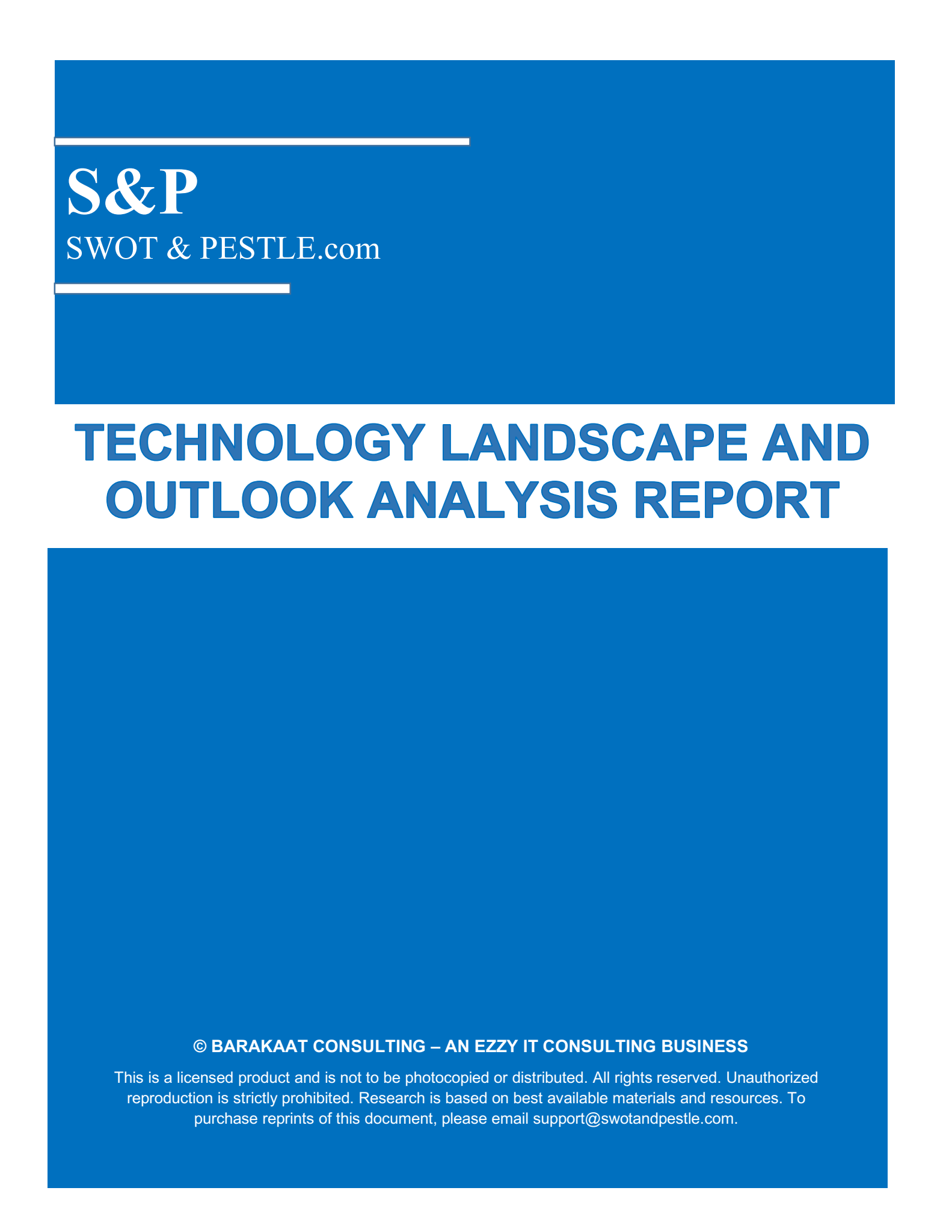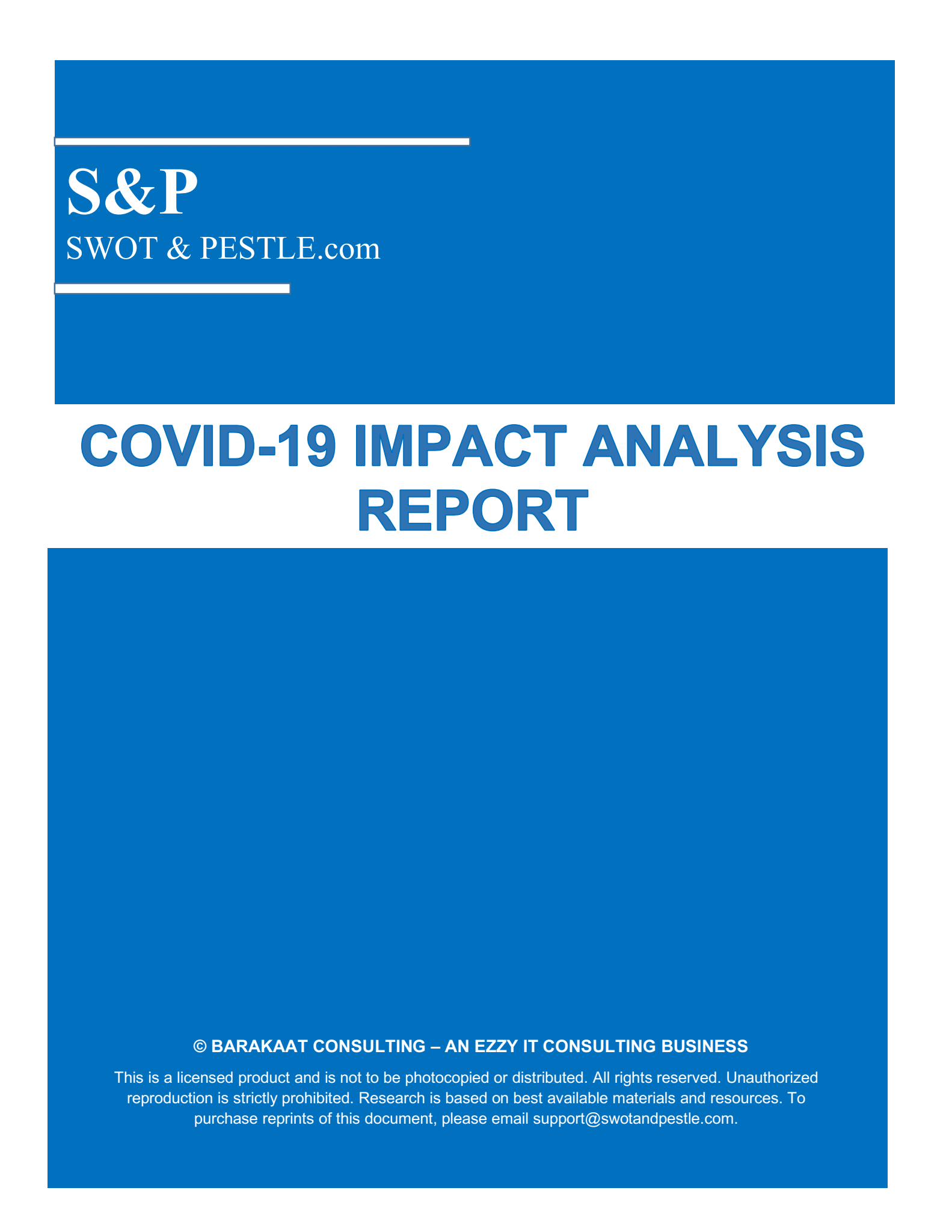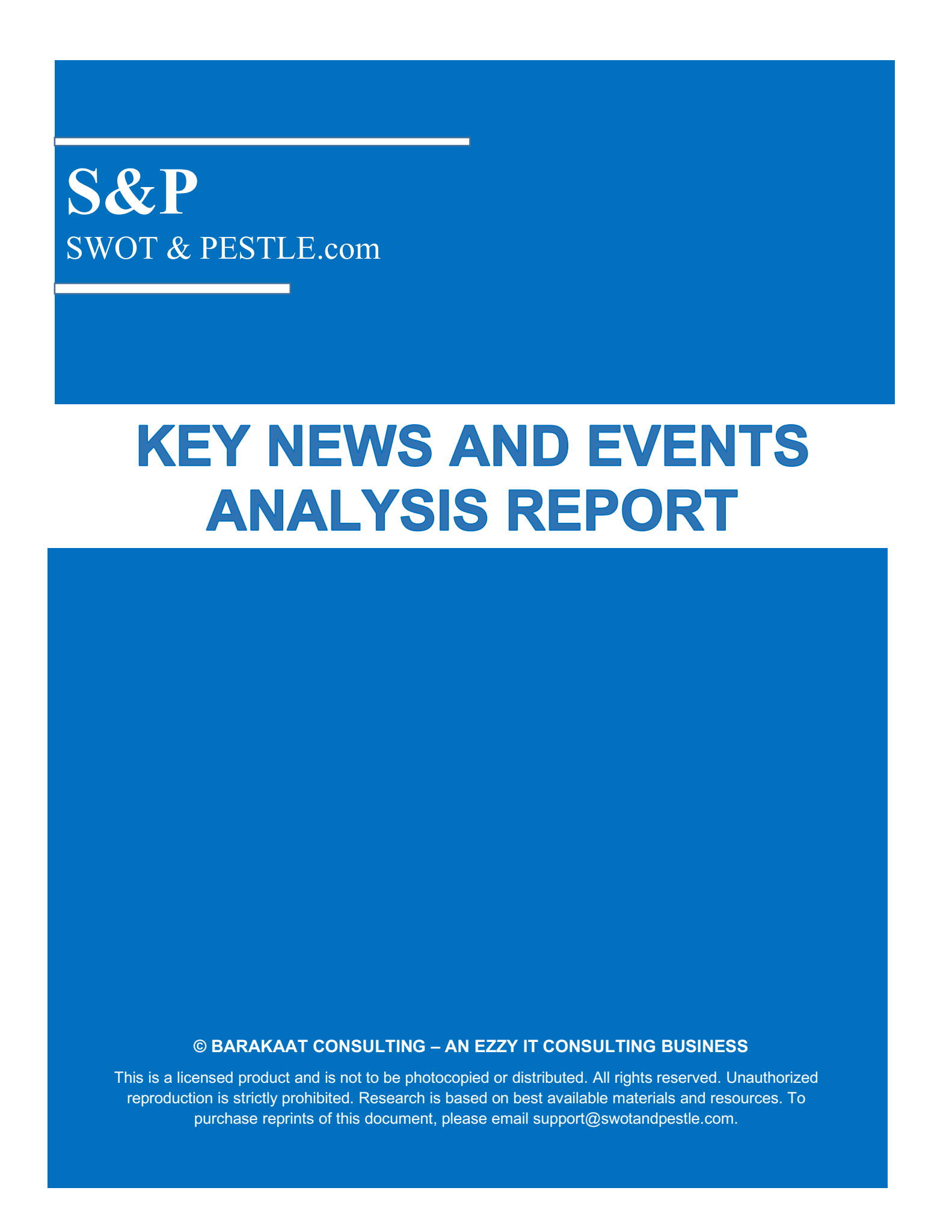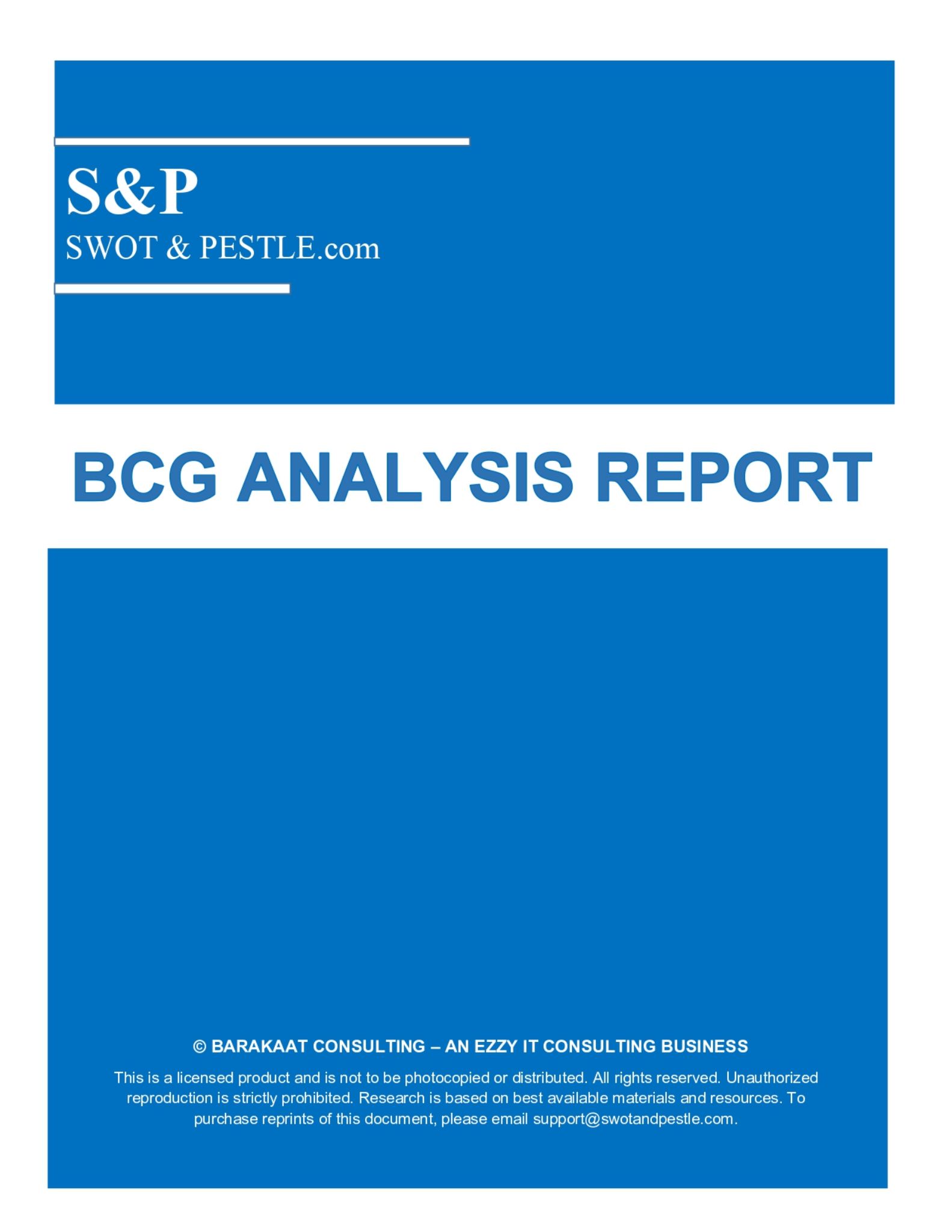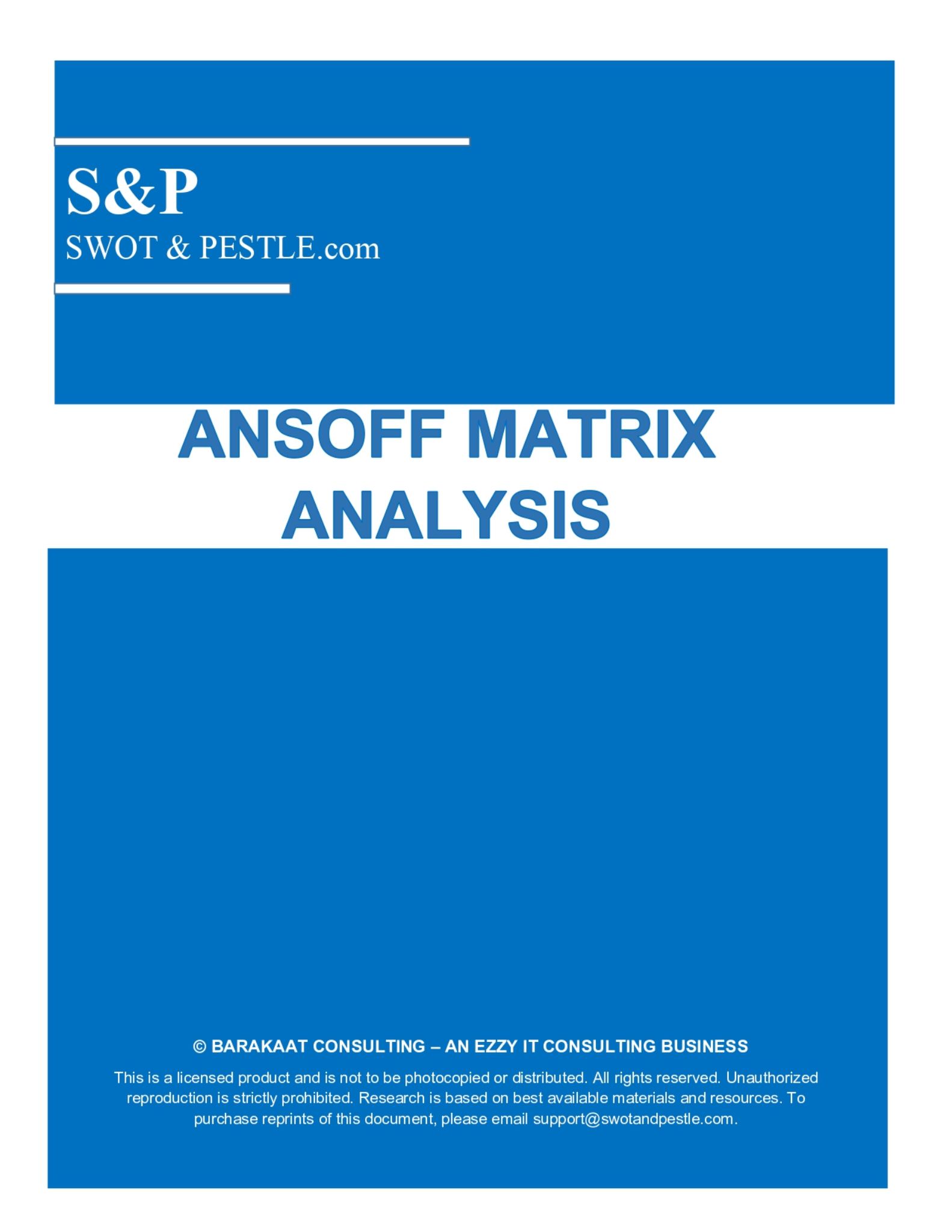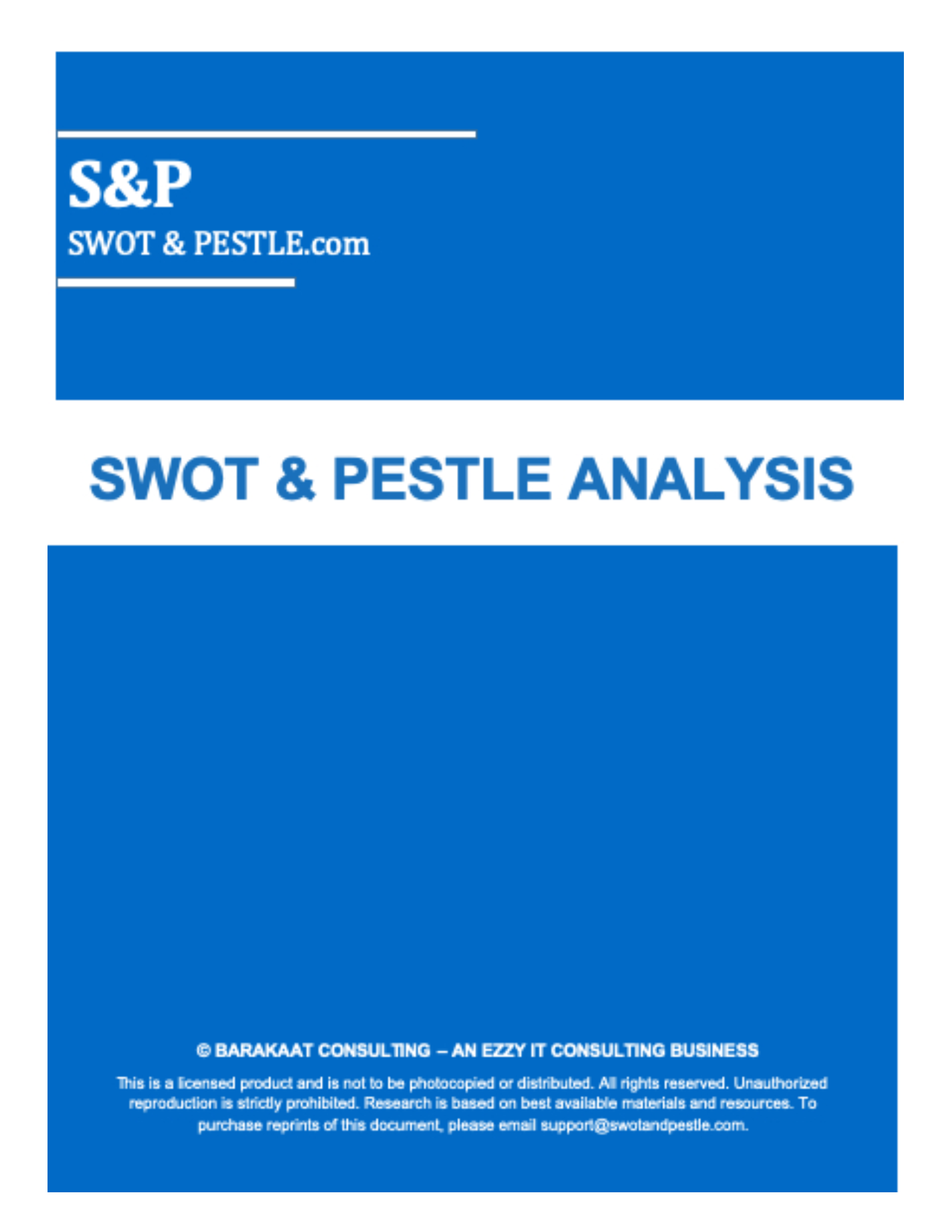COMPANY PROFILE -Uber Technologies
Business Sector :Transportation, delivery, ride - hailing
Operating Geography :Global
About Uber Technologies :
Uber Technologies Inc. is an American multinational global service provider for transportation. UberCab was founded in the year 2009 by Garrett Camp and Travis Kalanick, with a simple thought “is it possible to ride with the push of a button”. Its service products include the Uber application and the website. It provides a medium where customers can contact the drivers in their vicinity for a taxi service. Uber does not hold any cars or vehicles of their own. All its drivers are on contract worldwide and are not considered its employees. Today Uber not only offers transportation facilities but also provides food delivery service with Uber Eats, transportation services based on business needs with Uber for business, and various other sundry services under the Uber Company. Headquartered in San Francisco, U.S., it is one of the fastest growing companies best known for pioneering the ride-hailing business. However legal suits and driver protests are some of its drawbacks worldwide but its robust technology and on-time, dedicated service in unparalleled and admirable. As of early 2020, Uber, has over 22,000 employees.
The USP or Unique Selling Proposition of Uber lies in their offer of seamless travel, with the rider walking away after arriving at his destination. Uber's mission statement reads “We ignite opportunity by setting the world in motion.” Uber’s vision statement reads “the company was founded on the grand vision of bringing people together and connecting cities.”
Uber Technologies Revenue :
$31.87 billion – FY ending 31st December 2022 (y-o-y growth of 59%)
$17.45 billion – FY ending 31st December 2021
Ownership / Major shareholders :
- SoftBank - 15%
- Benchmark - 11%
- Travis Kalanick - 7%
- Garett Camp - 5%
- GV - 4%
- Others - 47%
Competitive Analysis of Uber Technologies
The SWOT analysis is a structure, utilized to assess a company's competitive stance by recognizing its internal strategic factors like strengths and weaknesses alongside external strategic factors like opportunities and threats. Precisely, SWOT analysis is a primitive evaluation model that evaluates the internal and external factors and their influences on the company's micro and macro environment. Uber Technologies is one of the most acclaimed startups, having strong brand equity.
It follows the on-demand-service business model, which implies the company offers its services (transportation, food delivery, etc.) only when there is a requirement. In this type of business model, customer acquisition cost is minimal, the pricing structure is dynamic based on the service offered and does not call for gigantic investments, so expansion is easier. The business model that Uber operates on itself is its major strength. The target markets for the Uber Company are patrons looking for a cab spontaneously, usually the business professionals. The service-based Company’s major assets are the customer itself and Uber successfully accomplishes to keep its customer base satisfied by promptly addressing their grievances through a proactive customer support team. Uber’s biggest competitive advantages are robust brand equity drawing investors’ attention, the company has deep pockets that can be spent to acquire market share, excellent advertising, innovative marketing strategies, its supreme technology, its mobile app which is considered very sound as compared to those of its competitors.
Uber’s major weakness is having unprofessional and unethical drivers on board; their inappropriate professionalism affects the brand’s reputation as drivers are the face of the company. Sexual harassments of female riders have been a major issue to which the company is lacking a proper solution. Uber’s high dependency on technology limits the company to render services only to users who are smartphone savvy. Uber’s presence in highly digitized, developing and developed countries gives it scope for opportunities like an integration of logistics in the existing model, provision of other transport facilities, increasing smartphone users and internet invasion leading to further utilization of Uber. Increasing competition leads to switching of customers and drivers to other alternatives offering a monetary advantage and self-driving cars on the rental basis. Also people without technical knowledge opt for traditional transport facilities along with factors like unfavorable government policies are all major threats to Uber technologies.
The SWOT analysis for Uber is presented below in the Matrix below followed by detailed analysis
| Strengths | Weaknesses |
1. Robust and easy to use platform and low operational cost.
2. Reasonable fares and timely service with many modes of payments
3. Varied services and vast fleet of vehicles with are not bound by regular taxi rules and regulations
4. Drivers are on contract bases and not employed.
5. Hottest brand with good advertisement giving it a #1 unicorn image
6. Data is Uber’s key asset which it leverages to reap plump profits
| 1. Relation between Uber and its drivers lack connection.
2. Top management issues
3. Poor image on work ethics
4. Uber is lagging behind competitors and is still in the red
5. Dependence on technology |
| Opportunities | Threats |
1. Potential in emerging markets
2. Increasing internet penetration and smart phone users
3. Car sharing, electric cars usage and other environment friendly methods.
4. Innovative and unconventional services
| 1. Varied government rules and regulations due to vast area of operation and Legal cases with other companies.
2. Self- driving cars and autonomous cars in the near future.
3. Local players and Taxi drivers protest
4. Aged population still following the traditional taxi service.
5. Self-drive car rentals eating into call cab market shares
|
On purchase the Uber Technologies SWOT and PESTLE Analysis PDF report will reach you within minutes. At rare times, a slight delay not exceeding 4 hours might be caused.
Detailed SWOT Analysis of Uber Technologies
Strength
1. Robust and easy to use platform and low operational cost: Uber has a robust app for almost every service it provides. It has an app for cab booking, another for logistics and UberEats. Recently, Uber launched Uber Freight, an on-demand service to connect truck drivers with cargo that needs to be hauled for long distances. The app uses GPS to track the location of both drivers and commuters to calculate accurate time of arrivals and journey time which makes the riding experience better and much more preferred by people. Amongst its services it has an application and a website whose maintenance cost is low. All its drivers use their own car or a rented one; hence Uber does not have to purchase cars nor maintaining them. Overall these factors make their operational cost very low.
2. Reasonable fares and timely service with many modes of payments: Uber has been focusing on price optimization for cab fares since the beginning. It has been charging the passengers far lower than was charged by traditional taxis which have led the business to shift sharply in its favor. Riders are charged on the basis of time and distance travelled. It provides many modes of payments for instance cash, debit or credit card and many e-wallets. The riders are quoted an estimated fare before the start of the journey. Other than that its timely pickup and drop facility has gained customer confidence and loyalty. It has business in over 600 cities across the world and has been a welcome change for people in those countries who had been grappling with arbitrary fares and long wait times for their transport needs. Uber has significantly gained customer base all over the world and has emerged as the preferred service provider.
3. Varied services and vast fleet of vehicles with are not bound by regular taxi rules and regulations: Uber offers diversified modes of transport to serve the indigenous needs of the country or region at large. Some of its services include UberX for private ride in luxury cars, SUVs. UberGo in India with hatchback cars, UberAuto with auto rickshaw in India, Pakistan etc.; and UberBoat providing Beneteau boats to travel in Istanbul. As of 2020, Uber is present in 69 countries, 10K+ cities, $65B gross bookings, 111M MAPCs (Monthly Active Platform Consumers) and 7B trips. In India it has more than 200,000 cars running. Since Uber is only a medium where drivers and riders collaborate with each other hence it is not bound by any government rules and regulations applicable for taxis.
The remaining section under "Strengths" is available only in the 'Complete Report' on purchase.
Weakness
This section is available only in the 'Complete Report' on purchase.
Opportunity
This section is available only in the 'Complete Report' on purchase.
Threat
This section is available only in the 'Complete Report' on purchase.
PESTLE is an acronym for political, economic, social, technological, legal and environmental and the PESTLE / STEEPL / PEST analysis is a strategic tool used to evaluate these external factors and their impact on the Company’s business model, growth trajectory, its business case, and market strategy.
In 2009, Uber was the only company to start the ride-hailing app with sharing economy. According to the government policies then, there was an ambiguity as to, whether the business model fell in the service, IT or taxi sector. Prevailing to this Uber was influenced by political and legal factors or rather bombarded with queries like who is accountable for accidents (Uber company or drivers), thousands of drivers on board as contractors and not employees, whether minimum wage policy needs to be adopted by the Uber Company, should the rules and regulations be same for Uber as any other Taxi company, should the drivers hold a taxi license etc., However some of the governments acted in favor of Uber whereas some denied the Uber services eventually banning the company in their respective countries.
Uber’s economy model relies on sharing economy between the company and drivers, creating ample employment opportunities for the drivers who otherwise had no medium to find their riders. Uber’s dynamic pricing model also overcomes the pricing issues with traditional taxi companies. Its economic fares have spelt added advantage for the Company especially in times of economic recessions. Uber’s social presence is intoxicating as it is a globally recognized and accepted brand. Patrons choose Ubercabs for its comparatively lower fares and quality of service it offers. Having said so, Uber’s social image is also influenced by factors like drivers’ professional ethics and competitors’ marketing strategies.
Uber’s customers spread their traveling experiences and stories on social media which encouraged new users to opt for Uber. Technology has been fruitful for the company both internally and externally, internally because the company uses excellent technology in its mobile app and out stands competition and externally because the advancement in technology helped Uber acquire new customers. Uber Company has taken up environment friendly initiatives in various forms like UberPool -reduction in traffic congestion by carpooling and UberGREEN -usage of electric cars to reduce pollution.
The PESTLE / STEEPL / PEST analysis for Uber is presented in the PESTLE nutshell below followed by is the detailed analysis
| Political | Economical |
1. Government curbs in different parts of the world
2. Political regulations for designation of drivers as contractors
| 1. Dynamic pricing model
2. Uber has been recording losses for a long time
3. Shared mobility hit hard by the pandemic
|
| Social | Technological |
1. Surge pricing in times of crisis, under fire
2. Pandemic takes the sheen off the autonomous vehicle industry
3. Promote employee diversity
4. Multinational operations with reasonable fare and trustworthy service
| 1. Increasing internet penetration and smart phone usage
2. Self- driving cars and autonomous cars in the near future
3. Building customer relationship through social media channels
4. Employing digital transformation in logistics
|
| Legal | Environmental |
1. Lawsuits tarnishing the brand
2. Legal battle with Waymo
| 1. Uber pool services an eco-friendly initiative |
On purchase the Uber Technologies SWOT and PESTLE Analysis PDF report will reach you within minutes. At rare times, a slight delay not exceeding 4 hours might be caused.
Detailed Pestle Analysis of Uber Technologies
Political
This section is available only in the 'Complete Report' on purchase.
Economic
This section is available only in the 'Complete Report' on purchase.
Social
1. Surge pricing in times of crisis, under fire: The pricey fares charged by Uber during time of crisis such as: Hurricane Sandy in US, 2014 Sydney Hostage crisis, London Bridge Terrorist attack 2017, when local taxi drivers and other cab service providers were offering free rides has faced lot of criticism on humanitarian grounds; resulting in a stir of removal of its application. Especially during the Sydney Hostage crisis, Uber levied surge pricing, charging a minimum of $100 for each passenger, which is a vicious four times the normal fare. Granted the fact, that higher demands lead to hike in prices, but in an emergency situation, the sky rocketed prices painted the ride-hailing startup in a negative light which put profits before people. There was a tremendous public backlash and Uber had to demand an apology for the same.
2. Pandemic takes the sheen off the autonomous vehicle industry:The latest challenge for the autonomous vehicle industry, “How to assure passengers that the car they are getting in is virus free, even if it doesn't have a driver.” Widespread use of autonomous vehicles already had been delayed by a March 2018 fatal crash involving an Uber test vehicle in Tempe, Arizona, forcing the industry to pause to make sure its vehicles are safe. Uber has been put in a tight spot just like other ride-hailing companies and traditional taxis - with passenger anxiety over getting into tight spaces with people who may have the virus, or after infected people who rode in the vehicles before them.
The remaining section under "Social" is available only in the 'Complete Report' on purchase.
Technological
This section is available only in the 'Complete Report' on purchase.
Legal
This section is available only in the 'Complete Report' on purchase.
Environmental
This section is available only in the 'Complete Report' on purchase.
Major Competitors :
- Lyft
- Curb
- DidiChuxing
- Grab
- Ola cabs
- Local Taxi’s
- Public Transport
Recent Acquisition / Mergers / Alliance / Joint Ventures / Divestitures :
Open Table Preview
| Name | Business Segment | Year | Type | Objective/Synergy Achieved |
| Routematch Software | ITS technology solution provider | 2020 | Acquisition | The deal is going to expand Uber's transit agency customer base and has huge potential to accelerate the company’s autonomous vehicle roadmap. It is also an extension of the company's ongoing effort to grow into new markets. |
| Postmates | On demand food delivery company. | 2020 | Acquisition | Uber ‘s stock price jumped more than 5% post the acquisition of Postmates, this deal will lead to more consumer exposure for restaurants and also Uber. Thus, boosting its overall service market share. |
| Autocab | Technology | 2020 | Acquisition | Uber expands its reach in UK by this acquisition. It will be able to connect taxi drivers with customers in regions of the country that currently lack services |
| Careem | Technology | 2019 | Acquisition | Uber has acquired Careem’s mobility, delivery, and payments businesses across the greater Middle East region, with major markets including Egypt, Jordan, Saudi Arabia, and the United Arab Emirates. This is considered the biggest-ever technology industry transaction in the greater Middle East |
| Grab | Transportation | 2018-Underway | Merger | With this strategic merger retreat, Uber would get a 27.5% stake in its rival’s business and would shift its 500 employees and customers over to the Grab app. |
| Toyota | Automobile | 2018 | Alliance | With this alliance Uber aimed to create a self driven shuttle that would expand the capabilities of its ride sharing app. However, it is not yet clear which company will own the cars. |
| Jump | Bike share startup | 2018 | Acquisition | This deal was valued at around 200 million. This deal allowed Uber to start up its section Uber Bike which will allow app users to book a JUMP bike the same way they would book a cab. |
Source: Company website and other reliable sources. The detailed table is available in the Complete Report.
On purchase the Uber Technologies SWOT and PESTLE Analysis PDF report will reach you within minutes. At rare times, a slight delay not exceeding 4 hours might be caused.
TABLE OF CONTENTS
DELIVERY AND FORMAT
WHY CHOOSE US?
You may also be interested in other analyses of Uber Technologies:
-
| Uber Technologies Porter's Five Forces Analysis |
|
-
| Uber Technologies VRIO Analysis |
|
-
| Uber Technologies Value Chain Analysis |
|
-
| Uber Technologies Covid-19 Impact Analysis |
|
-
| Uber Technologies BCG Analysis |
|
-
| Uber Technologies Segmentation, Targeting and Positioning (STP) Analysis |
|
-
| Uber Technologies Ansoff Matrix Analysis |
|
Request for Quotation
We do not share your information with anyone. However, we may send you emails on our new reports and solutions.
Get The Free Sample
Company Overview Report
This report is shared in order to give you an idea of what the complete Company Overview Report will cover after purchase. We invest deep in order to bring you insightful research which can add tangible value to your business or academic goals, at such affordable pricing.
Get this report delivered straight into your email inbox for free.
You also agree to receive email updates from us on our new reports and solutions.
We do not share your information with anyone. However, we may send you emails on our new reports and solutions.
Request for Quotation
We do not share your information with anyone. However, we may send you emails on our new reports and solutions.
Get The Free Sample
Competitor Analysis Report
This report is shared in order to give you an idea of what the complete Competitor Analysis Report will cover after purchase. We invest deep in order to bring you insightful research which can add tangible value to your business or academic goals, at such affordable pricing.
Get this report delivered straight into your email inbox for free.
You also agree to receive email updates from us on our new reports and solutions.
We do not share your information with anyone. However, we may send you emails on our new reports and solutions.
Request for Quotation
We do not share your information with anyone. However, we may send you emails on our new reports and solutions.
Get The Free Sample
Porter's Five Forces Analysis Report
This report is shared in order to give you an idea of what the complete Porter's Five Forces Analysis Report will cover after purchase. We invest deep in order to bring you insightful research which can add tangible value to your business or academic goals, at such affordable pricing.
Get this report delivered straight into your email inbox for free.
You also agree to receive email updates from us on our new reports and solutions.
We do not share your information with anyone. However, we may send you emails on our new reports and solutions.
Request for Quotation
We do not share your information with anyone. However, we may send you emails on our new reports and solutions.
Get The Free Sample
VRIO Analysis Report
This report is shared in order to give you an idea of what the complete VRIO Analysis Report will cover after purchase. We invest deep in order to bring you insightful research which can add tangible value to your business or academic goals, at such affordable pricing.
Get this report delivered straight into your email inbox for free.
You also agree to receive email updates from us on our new reports and solutions.
We do not share your information with anyone. However, we may send you emails on our new reports and solutions.
Request for Quotation
We do not share your information with anyone. However, we may send you emails on our new reports and solutions.
Get The Free Sample
Value Chain Analysis Report
This report is shared in order to give you an idea of what the complete Value Chain Analysis Report will cover after purchase. We invest deep in order to bring you insightful research which can add tangible value to your business or academic goals, at such affordable pricing.
Get this report delivered straight into your email inbox for free.
You also agree to receive email updates from us on our new reports and solutions.
We do not share your information with anyone. However, we may send you emails on our new reports and solutions.
Request for Quotation
We do not share your information with anyone. However, we may send you emails on our new reports and solutions.
Get The Free Sample
Regulatory Outlook Report
This report is shared in order to give you an idea of what the complete Regulatory Outlook Report will cover after purchase. We invest deep in order to bring you insightful research which can add tangible value to your business or academic goals, at such affordable pricing.
Get this report delivered straight into your email inbox for free.
You also agree to receive email updates from us on our new reports and solutions.
We do not share your information with anyone. However, we may send you emails on our new reports and solutions.
Request for Quotation
We do not share your information with anyone. However, we may send you emails on our new reports and solutions.
Get The Free Sample
Risk Analysis Report
This report is shared in order to give you an idea of what the complete Risk Analysis Report will cover after purchase. We invest deep in order to bring you insightful research which can add tangible value to your business or academic goals, at such affordable pricing.
Get this report delivered straight into your email inbox for free.
You also agree to receive email updates from us on our new reports and solutions.
We do not share your information with anyone. However, we may send you emails on our new reports and solutions.
Request for Quotation
We do not share your information with anyone. However, we may send you emails on our new reports and solutions.
Get The Free Sample
Key Performance Indicators (KPI's) Report
This report is shared in order to give you an idea of what the complete Key Performance Indicators (KPI's) Report will cover after purchase. We invest deep in order to bring you insightful research which can add tangible value to your business or academic goals, at such affordable pricing.
Get this report delivered straight into your email inbox for free.
You also agree to receive email updates from us on our new reports and solutions.
We do not share your information with anyone. However, we may send you emails on our new reports and solutions.
Request for Quotation
We do not share your information with anyone. However, we may send you emails on our new reports and solutions.
Get The Free Sample
Environmental, Social, and Governance (ESG) Analysis Report
This report is shared in order to give you an idea of what the complete Environmental, Social, and Governance (ESG) Analysis Report will cover after purchase. We invest deep in order to bring you insightful research which can add tangible value to your business or academic goals, at such affordable pricing.
Get this report delivered straight into your email inbox for free.
You also agree to receive email updates from us on our new reports and solutions.
We do not share your information with anyone. However, we may send you emails on our new reports and solutions.
Request for Quotation
We do not share your information with anyone. However, we may send you emails on our new reports and solutions.
Get The Free Sample
M&A Analysis Report
This report is shared in order to give you an idea of what the complete M&A Report and Analysis Report will cover after purchase. We invest deep in order to bring you insightful research which can add tangible value to your business or academic goals, at such affordable pricing.
Get this report delivered straight into your email inbox for free.
You also agree to receive email updates from us on our new reports and solutions.
We do not share your information with anyone. However, we may send you emails on our new reports and solutions.
Request for Quotation
We do not share your information with anyone. However, we may send you emails on our new reports and solutions.
Get The Free Sample
Subsidiaries, Partnerships and Collaborations Report
This report is shared in order to give you an idea of what the complete Subsidiaries, Partnerships and Collaborations Report will cover after purchase. We invest deep in order to bring you insightful research which can add tangible value to your business or academic goals, at such affordable pricing.
Get this report delivered straight into your email inbox for free.
You also agree to receive email updates from us on our new reports and solutions.
We do not share your information with anyone. However, we may send you emails on our new reports and solutions.
Request for Quotation
We do not share your information with anyone. However, we may send you emails on our new reports and solutions.
Get The Free Sample
Stakeholder Analysis Report
This report is shared in order to give you an idea of what the complete Stakeholder Analysis Report will cover after purchase. We invest deep in order to bring you insightful research which can add tangible value to your business or academic goals, at such affordable pricing.
Get this report delivered straight into your email inbox for free.
You also agree to receive email updates from us on our new reports and solutions.
We do not share your information with anyone. However, we may send you emails on our new reports and solutions.
Request for Quotation
We do not share your information with anyone. However, we may send you emails on our new reports and solutions.
Get The Free Sample
Technology Landscape and Outlook Report
This report is shared in order to give you an idea of what the complete Technology Landscape and Outlook Report will cover after purchase. We invest deep in order to bring you insightful research which can add tangible value to your business or academic goals, at such affordable pricing.
Get this report delivered straight into your email inbox for free.
You also agree to receive email updates from us on our new reports and solutions.
We do not share your information with anyone. However, we may send you emails on our new reports and solutions.
Request for Quotation
We do not share your information with anyone. However, we may send you emails on our new reports and solutions.
Get The Free Sample
Covid-19 Impact Analysis Report
This report is shared in order to give you an idea of what the complete Covid-19 Impact Analysis Report will cover after purchase. We invest deep in order to bring you insightful research which can add tangible value to your business or academic goals, at such affordable pricing.
Get this report delivered straight into your email inbox for free.
You also agree to receive email updates from us on our new reports and solutions.
We do not share your information with anyone. However, we may send you emails on our new reports and solutions.
Request for Quotation
We do not share your information with anyone. However, we may send you emails on our new reports and solutions.
Get The Free Sample
Key News and Events Report
This report is shared in order to give you an idea of what the complete Key News and Events Report will cover after purchase. We invest deep in order to bring you insightful research which can add tangible value to your business or academic goals, at such affordable pricing.
Get this report delivered straight into your email inbox for free.
You also agree to receive email updates from us on our new reports and solutions.
We do not share your information with anyone. However, we may send you emails on our new reports and solutions.
Request for Quotation
We do not share your information with anyone. However, we may send you emails on our new reports and solutions.
Get The Free Sample
BCG Analysis Report
This report is shared in order to give you an idea of what the complete BCG Analysis Report will cover after purchase. We invest deep in order to bring you insightful research which can add tangible value to your business or academic goals, at such affordable pricing.
Get this report delivered straight into your email inbox for free.
You also agree to receive email updates from us on our new reports and solutions.
We do not share your information with anyone. However, we may send you emails on our new reports and solutions.
Request for Quotation
We do not share your information with anyone. However, we may send you emails on our new reports and solutions.
Get The Free Sample
Digital Marketing and Social Media Strategy Analysis Report
This report is shared in order to give you an idea of what the complete Digital Marketing and Social Media Strategy Analysis Report will cover after purchase. We invest deep in order to bring you insightful research which can add tangible value to your business or academic goals, at such affordable pricing.
Get this report delivered straight into your email inbox for free.
You also agree to receive email updates from us on our new reports and solutions.
We do not share your information with anyone. However, we may send you emails on our new reports and solutions.
Request for Quotation
We do not share your information with anyone. However, we may send you emails on our new reports and solutions.
Get The Free Sample
Segmentation, Targeting and Positioning (STP) Analysis Report
This report is shared in order to give you an idea of what the complete Segmentation, Targeting and Positioning (STP) Analysis Report will cover after purchase. We invest deep in order to bring you insightful research which can add tangible value to your business or academic goals, at such affordable pricing.
Get this report delivered straight into your email inbox for free.
You also agree to receive email updates from us on our new reports and solutions.
We do not share your information with anyone. However, we may send you emails on our new reports and solutions.
Request for Quotation
We do not share your information with anyone. However, we may send you emails on our new reports and solutions.
Get The Free Sample
Ansoff Matrix Analysis Report
This report is shared in order to give you an idea of what the complete Ansoff Matrix Analysis Report will cover after purchase. We invest deep in order to bring you insightful research which can add tangible value to your business or academic goals, at such affordable pricing.
Get this report delivered straight into your email inbox for free.
You also agree to receive email updates from us on our new reports and solutions.
We do not share your information with anyone. However, we may send you emails on our new reports and solutions.
Check Out Analysis of Other Relevant Companies
References used in Uber Technologies SWOT & PESTLE Analysis Report
1. About Uber, its story and vision for future - https://www.uber.com/us/en/about/
2. Tracking Your Earnings | Driver App | Uber - https://www.uber.com/en-GH/drive/resources/payments/
3. Uber stock price, revenue, funding rounds, financials and metrics for FY 2019 - https://craft.co/uber/metrics
4. Uber Newsroom: latest news in India - https://www.uber.com/en-IN/newsroom/
5. The problem with Uber lies within its own management - https://www.forbes.com/sites/haroldstark/2017/04/24/the-problem-with-uber-lies-within-its-own-management/#3ebee9aa18b9
How to Reference This Page?
You can use the following in your reference section in order to give credit to the source. For different referencing styles and detailed guidelines, please click here.
Uber Technologies SWOT and PESTLE Analysis - SWOT & PESTLE.COM
SWOT & PESTLE.com (2024). Uber Technologies SWOT and PESTLE Analysis - SWOT & PESTLE.com. [online] Available at: https://www.swotandpestle.com/uber-technologies/ [Accessed 26 Apr, 2024].
In-text: (SWOT & PESTLE.com, 2024)
Copyrights and Disclaimer
Uber Technologies SWOT and PESTLE analysis has been conducted and reviewed by senior analysts from Barakaat Consulting.
Copyright of Uber Technologies SWOT and PESTLE Analysis is the property of Barakaat Consulting. Please refer to the Terms and Conditions and Disclaimer for usage guidelines.
 Safe and secure payments
Safe and secure payments
 Safe and secure payments
Safe and secure payments


